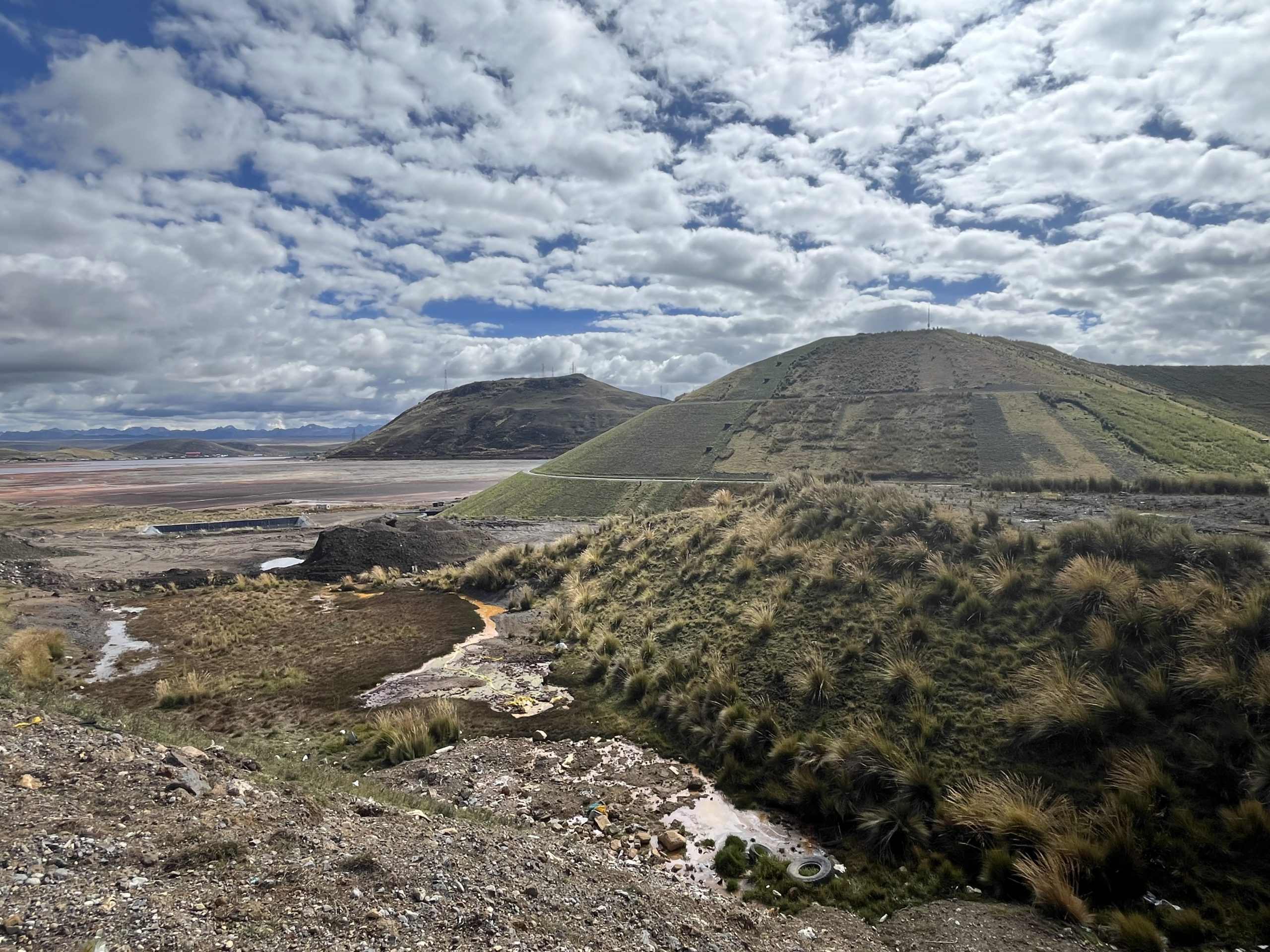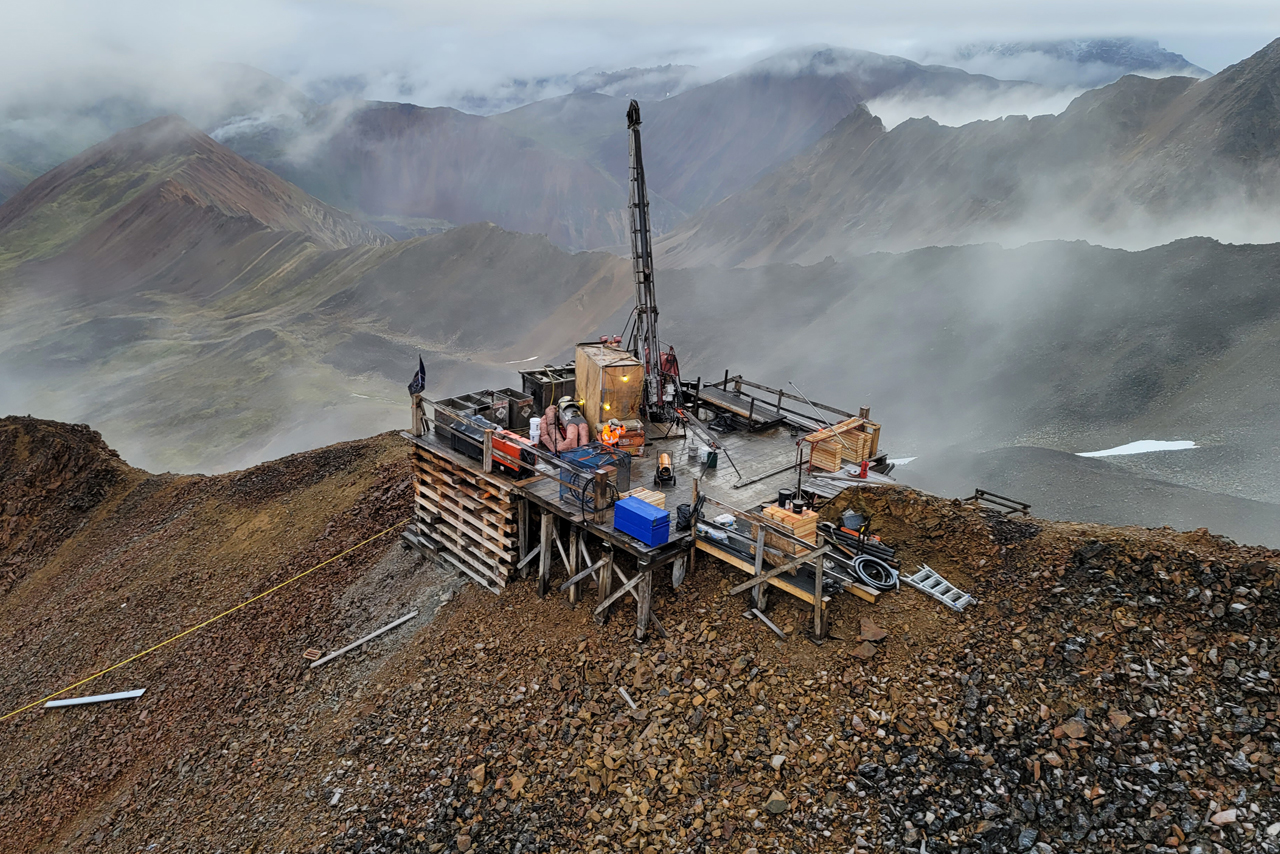“You can’t protect the salars if you don’t first understand how they work,” Sarah McKnight, lead author of the paper, said in a media statement.
McKnight said that salars must be considered giant, shallow depressions into which water is constantly flowing, both through surface runoff and the much slower flow of subsurface waters. In these depressions, there’s no outlet for the water, and because the bowl is in an extremely arid region, the rate of evaporation is such that enormous salt flats have developed over millennia.
According to the researcher, there are different kinds of water in these depressions; generally, the nearer the lip of the bowl, the fresher the water. Down near the bottom of the depression, the water is incredibly salty. However, the salt flats are occasionally pocketed with pools of brackish water. Many different kinds of valuable metals can be found there—including lithium—while the pools of brackish water are critical habitats for animals like flamingoes and vicuñas.
Unveiling the invisible
One of the challenges of studying these systems is that many salars are relatively inaccessible.
The one McKnight studies, the Salar de Atacama in Chile, is sandwiched between the Andes and the Atacama Desert. Furthermore, the hydrogeology is incredibly complex: water comes into the system from Andean runoff, as well as via the subsurface aquifer, but the process governing how exactly snow and groundwater eventually turn into salt flats is difficult to pin down.
She noted that, in addition to these natural conditions, she has had to take into consideration the increased mining pressure in the area and the poorly understood effects it may have on water quality, as well as the mega-storms whose intensity and precipitation have risen markedly due to climate change. In other words, the system’s workings are difficult to understand.
However, by combining observations of surface and groundwater with data from the Sentinel-2 satellite and powerful computer modelling, McKnight and her colleagues were able to see something that has so far remained invisible to other researchers.
It turns out that not all water in the salar is the same. What McKnight and her colleagues call “terminal pools” are brackish ponds of water located in what is called the “transition zone,” or the part of the salar where the water is increasingly briny but has not yet reached full concentration.
Then there are the “transitional pools,” which are located right at the boundary between the briny waters and the salt flats. Water comes into each of these pools from different sources—some of them quite far away from the pools they feed—and exits the pools via different pathways.
“It’s important to define these two different types of surface waters,” McKnight said. “They behave very differently. After a major storm event, the terminal pools flood quickly, and then quickly recede back to their pre-flood levels. But the transitional pools take a very long time—from a few months to almost a year—to recede back to their normal level after a major storm.”
All of this has implications for how these particular ecosystems are managed.
“We need to treat terminal and transitional pools differently,” the researcher said. “This means paying more attention to where the water in the pools comes from and how long it takes to get there.”




